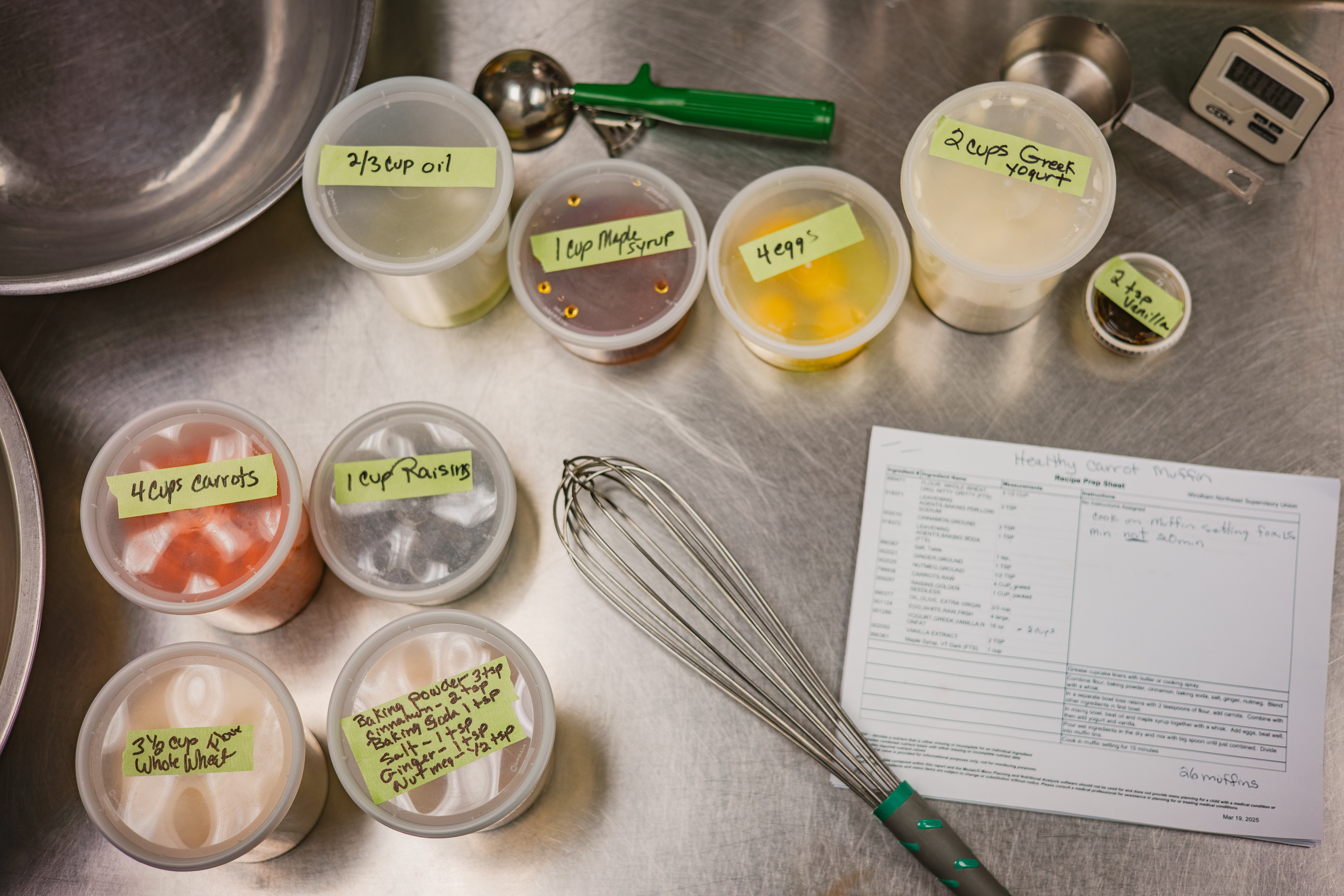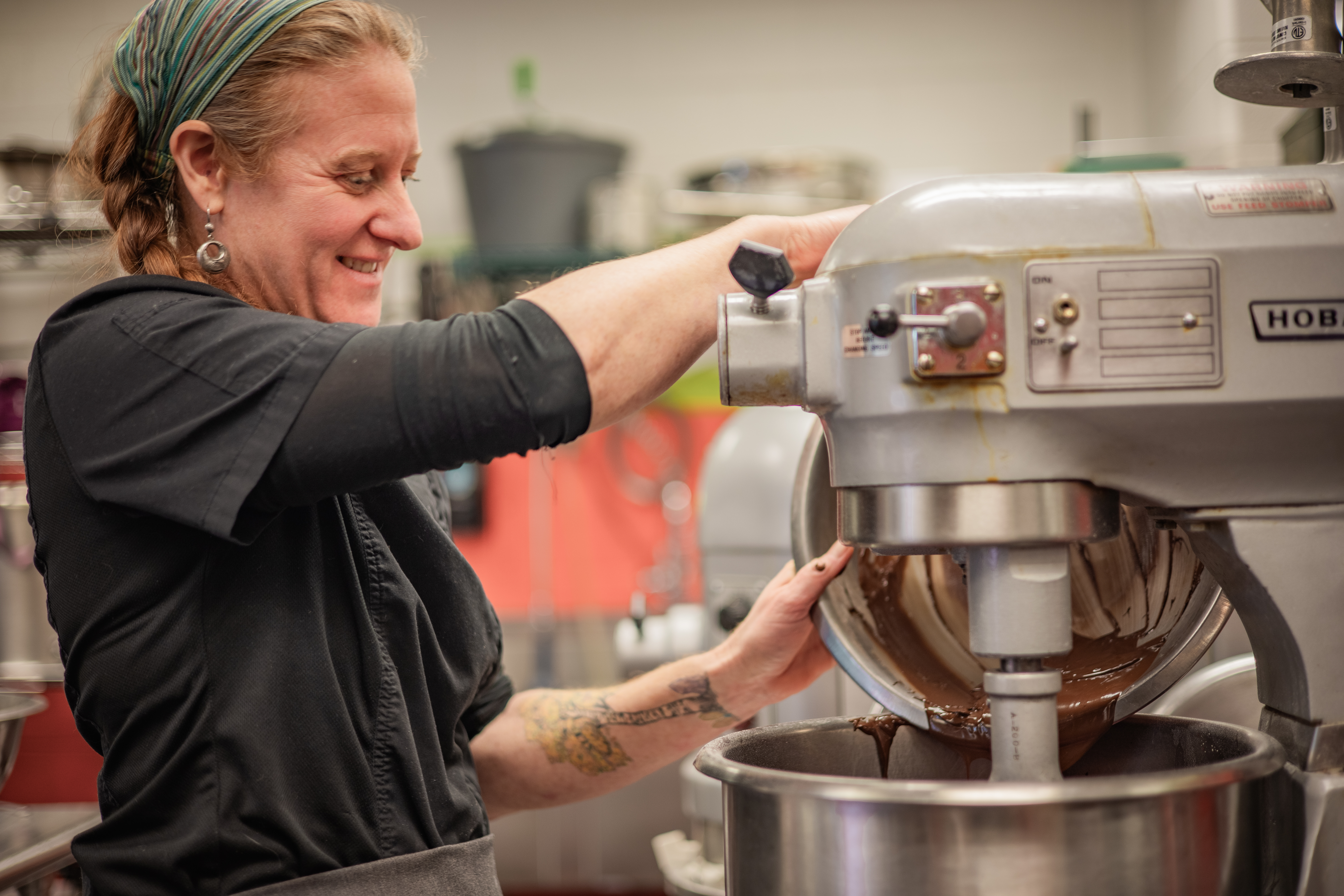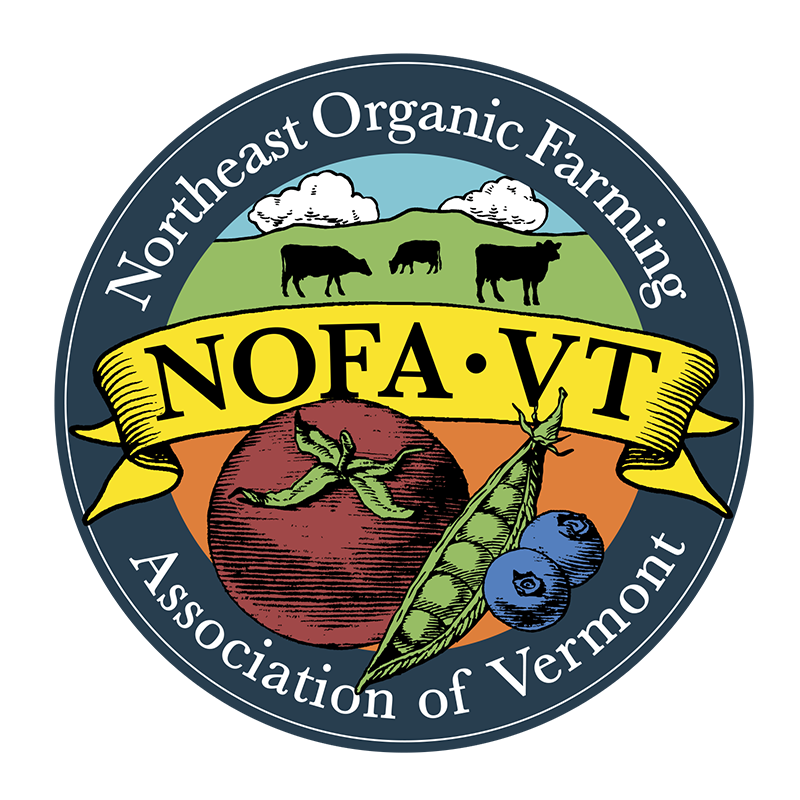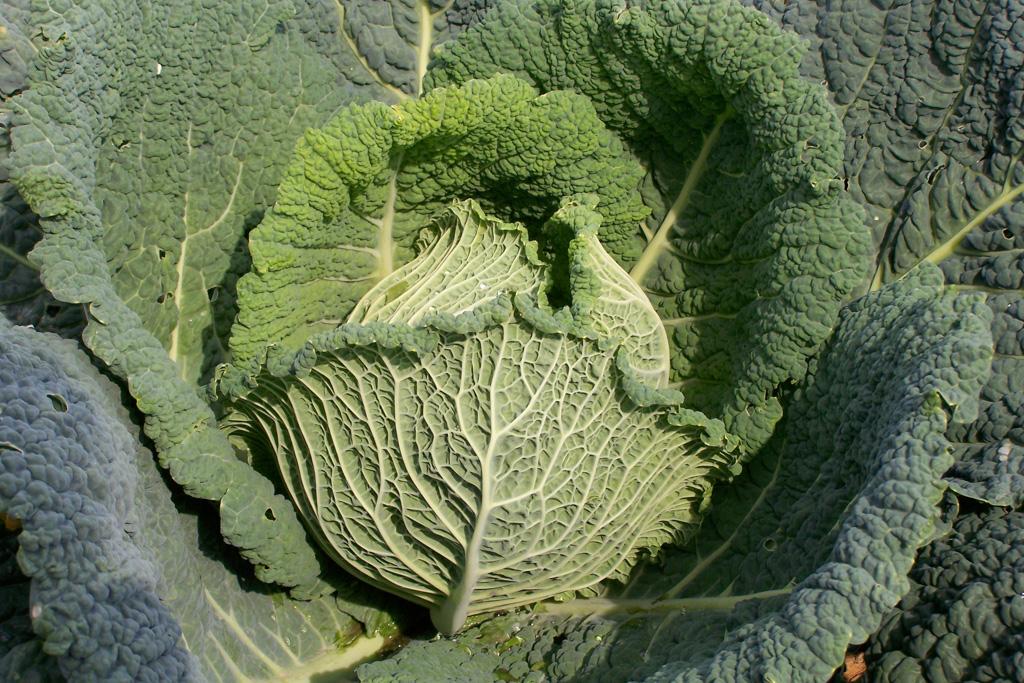October 3, 2025
Vermont has long been a national leader in farm to school. For more than two decades, our state has connected farms, classrooms, and cafeterias to strengthen schools, communities, and food systems. At the heart of this work is a simple vision: every child deserves fresh, healthy, locally-grown meals at school each day. And when the ingredients in those meals come from nearby farms and food businesses, the benefits ripple outward, supporting farmers, food workers, and entire communities.

The secret to Vermont’s farm to school success has always been collaboration. No single farmer, school, or organization can transform a food system on their own, but together, we’ve built one of the strongest networks in the country. That same spirit of partnership is now fueling a bold new project: Bridging the Gap – Supply Chain Transformation for Vermont School Meals.
This project, led by NOFA-VT with partners from across the Vermont Farm to School & Early Childhood Network, aims to remove barriers that prevent schools from buying more local food. It focuses on three key areas: supply, distribution, and demand.
On the supply side, the project is working to ensure schools have local options for the foods they rely on most. Breads, rolls, and minimally processed vegetables are staples on school menus, but they haven’t always been available locally in ways that fit school kitchens’ needs. Vermont bakeries are stepping up to create Child Nutrition Program-creditable breads and rolls using Vermont grains. Meanwhile, programs like the Center for an Agricultural Economy's Just Cut, Salvation Farms’ Processing Program, and the Vermont Farmers Food Center’s Produce Packing Center are scaling up to provide ready-to-use Vermont-grown vegetables. For time-stretched school nutrition staff, this means more local food on plates without adding extra hours in the kitchen.

On the distribution side, the project strengthens Vermont’s network of food hubs: Food Connects, the Center for an Agricultural Economy, Green Mountain Farm Direct, ACORN, and the Vermont Farmers Food Center. These hubs already play a vital role in getting local food to schools, but demand has outpaced their capacity. With more support for K-12 sales, customer service, and inter-hub coordination, the hubs can support schools to have a smoother path to buying local, and farmers will gain more reliable markets.
On the demand side, the project invests directly in school nutrition programs. Through technical assistance, peer-to-peer learning, and communications support, NOFA-VT and Shelburne Farms, working together through our statewide Vermont FEED partnership, will help food service directors champion local purchasing and share successful strategies with their peers.
Together, these three pieces—supply, distribution, and demand—are designed to work like gears in a wheel, supporting the need to get more local food into school meals across Vermont. The impact reaches far beyond lunch trays: farmers gain reliable new markets, food hubs expand their reach and efficiency, students enjoy fresher, tastier food while learning where it comes from, and whole communities become more resilient and connected.

This is farm to school in action: problem-solving together, building on each other’s strengths, and creating something bigger than any of us could do alone. Every farmer who sells to a school, every baker who tests a new product, every food service director who champions local menus, and every partner organization that shows up to collaborate is part of this story.
And it’s a story that keeps growing, one meal, one relationship, and one idea at a time.
Photos by Kimberly Kaufman

